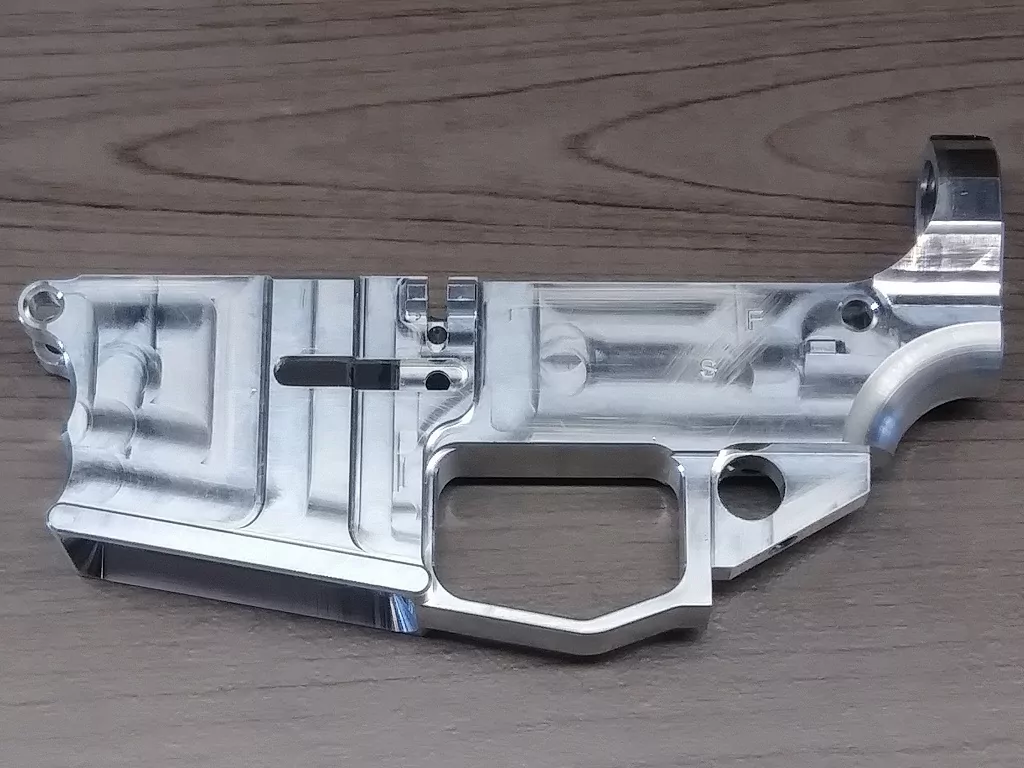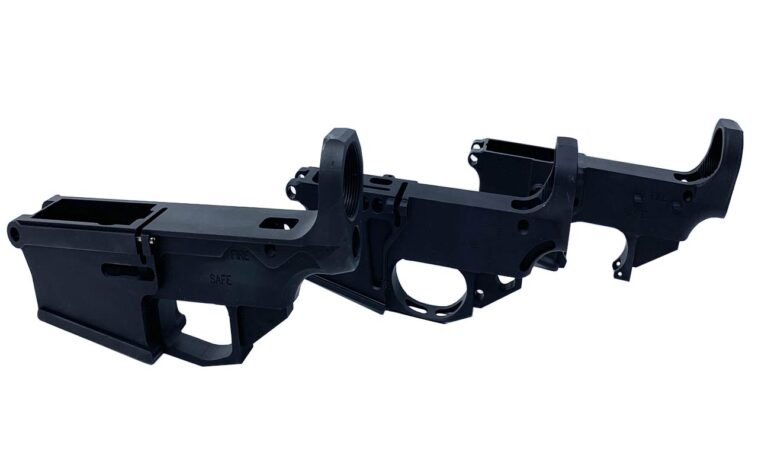For firearm enthusiasts and DIY gun builders, the term “80% lower” or “80 lower receiver” has become something of a buzzword. It represents a unique and growing niche in the world of firearms: the opportunity to build one’s own gun, at least in part, from scratch. If you’ve heard the term bandied about but aren’t sure what it means or why it matters, this article is for you.
The Basics of the 80 Lower Receiver
At its core, an 80% lower receiver is a piece of metal or polymer that resembles a gun’s lower receiver but isn’t quite there yet. The “80%” moniker implies that it’s 80% complete. The remaining 20% of the work – namely, the drilling and milling is required to make it into a functional gun. You can use kits in order to complete this work.
Why would anyone want an unfinished piece of a firearm? For many, it’s about the challenge and satisfaction of completing the build themselves. It’s similar to someone who buys a car in parts to assemble, rather than one ready to drive off the lot. But there are also legal and regulatory considerations at play, which we’ll dive into later.
From Hunk of Metal to Firearm

When you first lay eyes on an 80% lower receiver, it might be hard to see how it could ever become a functional part of a firearm. After all, it’s missing the holes and cavities necessary for the gun to work. However, with the right tools, knowledge, and a bit of patience, that nondescript block can be transformed into a working lower receiver.
This process usually involves the use of a jig, which acts as a guide for the end-user to drill the necessary holes and mill out the cavities for the trigger, hammer, and other components. It’s not a task for the faint of heart, as it requires precision and care, but for many, that’s part of the allure.
Legal Implications and the Unserialized Firearm
One of the significant differences between buying a completed lower receiver and an 80% one is the matter of serialization and registration. In many places, when you purchase a fully manufactured firearm or even just a completed lower receiver (which is often classified as the firearm itself), it comes with a serial number, and there’s a paper trail associated with the purchase.
With 80% lower receivers, things are different. Because they’re not considered firearms (yet), they can be sold without a serial number and without the usual background checks. Once the end-user completes the receiver, turning it into a functional firearm, they’ve essentially manufactured a firearm for personal use. In many jurisdictions, this is perfectly legal, but it means the resulting gun won’t have a serial number unless the builder voluntarily adds one.
It’s essential to note that laws around 80% lower receivers and unserialized firearms vary widely depending on where you live. Always check local, state, and federal regulations before purchasing or completing one.
Benefits of the DIY Approach

Aside from the thrill of building something with one’s own hands, there are several benefits to pursuing the 80% route:
- Customization: Building from an 80% lower means the builder has complete control over the final product. This allows for a level of personalization and customization not possible with off-the-shelf firearms.
- Education: The process provides a deep understanding of how firearms work. By drilling, milling, and assembling the parts yourself, you gain intimate knowledge of the firearm’s mechanics.
- Potential Cost Savings: While not always the case, building a firearm can sometimes be cheaper than buying a pre-manufactured one, especially if the builder already has the necessary tools.
Safety Considerations
As with any endeavor involving firearms, safety should be paramount. A few things to keep in mind:
- Skill Level: Building a firearm is not a beginner’s task. It requires a certain level of mechanical aptitude and understanding. If you’re not confident in your abilities, consider seeking out workshops or experienced mentors to guide you.
- Tool Safety: The process involves using potentially dangerous tools. Always follow safety guidelines, wear protective gear, and work in a well-ventilated area.
- Firearm Safety: Once completed, treat the firearm with the same respect and safety precautions you would any other. Remember, just because you built it doesn’t mean it’s infallible. Always test new builds in a safe environment.
The Future of 80% Lowers
The popularity of 80% lowers and the DIY firearm community shows no signs of waning. However, with increased attention comes increased scrutiny. There have been calls in some circles to regulate 80% lower receivers the same way complete firearms are regulated. The argument is that they can potentially be used to create “ghost guns” — firearms without serial numbers that can’t be traced.
On the other hand, proponents argue that the vast majority of DIY gun builders are law-abiding enthusiasts who pose no threat. They see the endeavor as a hobby and a testament to individual skill and self-reliance.
Whichever side of the debate one falls on, it’s clear that 80% lower represents a fascinating intersection of craftsmanship, law, and individual rights.
The 80% Lower in the Broader Context of DIY Culture

As we reflect further on the 80% lower receiver, it’s essential to recognize its place in the broader DIY culture that has swept across various sectors, from home renovations to car restorations. This resurgence in “doing it yourself” is not just about self-reliance but is deeply rooted in a desire to connect more intimately with our possessions and projects.
In a world increasingly dominated by off-the-shelf solutions and instant gratification, the 80% lower receiver stands as a beacon for those wanting to take a step back, dive into the intricacies of creation, and truly earn the end result. This hands-on approach, filled with trials, errors, and eventual triumphs, offers satisfaction that simply cannot be purchased. Whether you view the 80% lower receiver as a challenge, a hobby, or a statement, it undeniably embodies the spirit of hands-on craftsmanship in our modern age.
Final Words
In conclusion, understanding the 80 lower receiver means delving deep into the world of DIY firearm building, an area that combines mechanical skill, legal considerations, and personal satisfaction. It’s a realm not for everyone but offers rich rewards for those willing to invest the time and energy. Whether you’re a seasoned gunsmith or a curious observer, there’s no denying the unique appeal of taking a piece of metal and turning it into something far greater.




